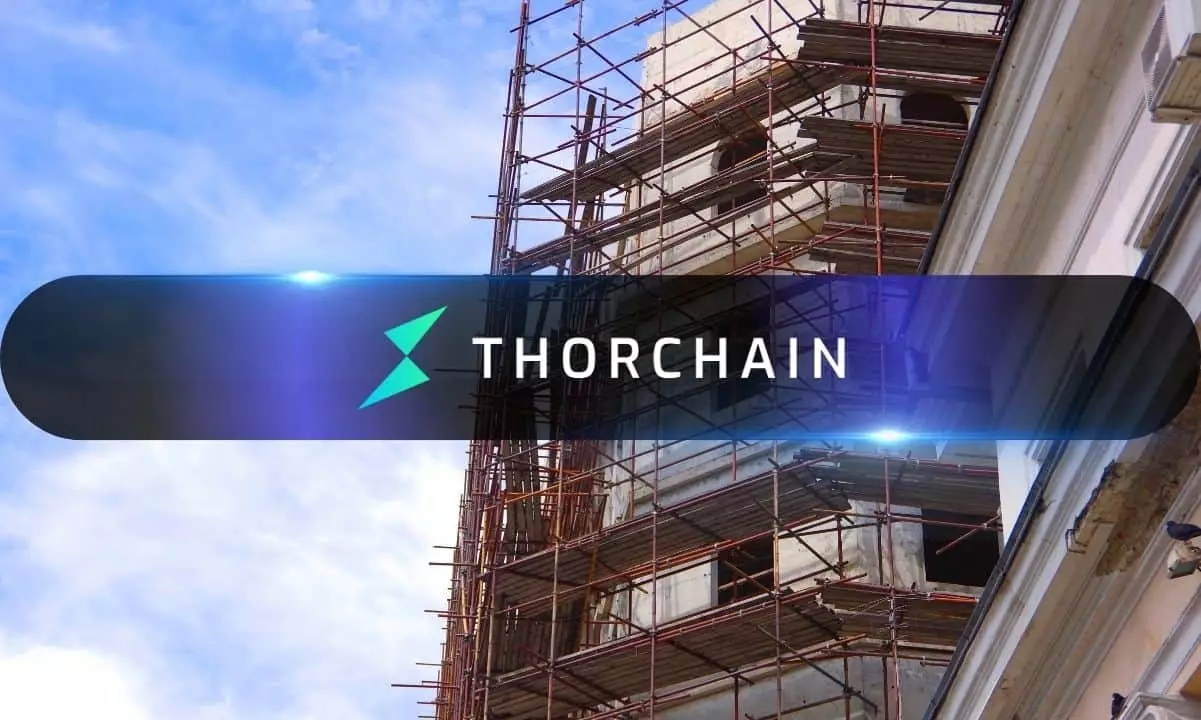In a bold move to navigate through its financial challenges, THORChain’s governance body has successfully passed Proposal 6. This significant decision aims to address a staggering debt crisis estimated at nearly $200 million. Rather than pursuing traditional funding routes, the proposal revolves around a unique strategy that converts defaulted debt into TCY (Thorchain Yield) equity tokens. This innovative approach is seen as a lifebuoy for both the protocol and its users, marking a critical juncture in THORChain’s ongoing restructuring saga.
A standout feature of Proposal 6 is the minting of 200 million TCY tokens, distributed to users at a rate of one token for every dollar of defaulted debt. This initiative not only alleviates immediate pressure on the network but also eliminates the necessity for a private capital raise. By shifting the focus from traditional debt recovery methods to tokenization, THORChain is set to provide long-term benefits for its community. Importantly, these TCY tokens will entitle holders to 10% of protocol fees indefinitely, creating sustained incentives for liquidity providers and fostering deeper alignment among ecosystem stakeholders.
To bolster the foundation of this new governance model, THORChain will initiate a RUNE/TCY liquidity pool, priced at $0.10 per TCY, underpinned by a $5 million investment from its treasury. This strategic allocation is designed to facilitate price stability during the tumultuous phase of recovery, while ensuring that the protocol’s liquidity remains robust. The introduction of Liquidity Nodes seeks to enhance capital efficiency and mitigate losses from previously forfeited fees, thereby creating an ecosystem that is not only resilient but also responsive to its liquidity providers’ needs.
The backdrop for this restructuring is a turbulent financial landscape for THORChain. The protocol faced severe instability, prompting the suspension of its THORFi services on January 23rd. This decision followed concerns regarding insolvency and excessive debt accumulated from its Savers and Lending programs. While trading activities, including swaps, were largely unaffected, the halt on lending services phased into the restructuring framework overseen by validator nodes. In light of these events, the community rallied together, proposing eight independent restructuring plans that were ultimately put to a vote among Node Operators.
Market Reaction and Future Outlook
The response of the market to these developments has been marked by volatility. The native token, RUNE, has experienced a steady decline, losing nearly 80% of its value since the first week of December, with current trading at around $1.21. The recent proposals signal a potential turning point for THORChain, but the efficacy of these strategies hinges on the community’s active participation and the broader market reaction. Can these initiatives restore market confidence and stabilize RUNE’s price? Only time will tell, but the groundwork laid by Proposal 6 offers a compelling pathway towards recovery and renewed stakeholder engagement as THORChain navigates these challenging waters.















Leave a Reply